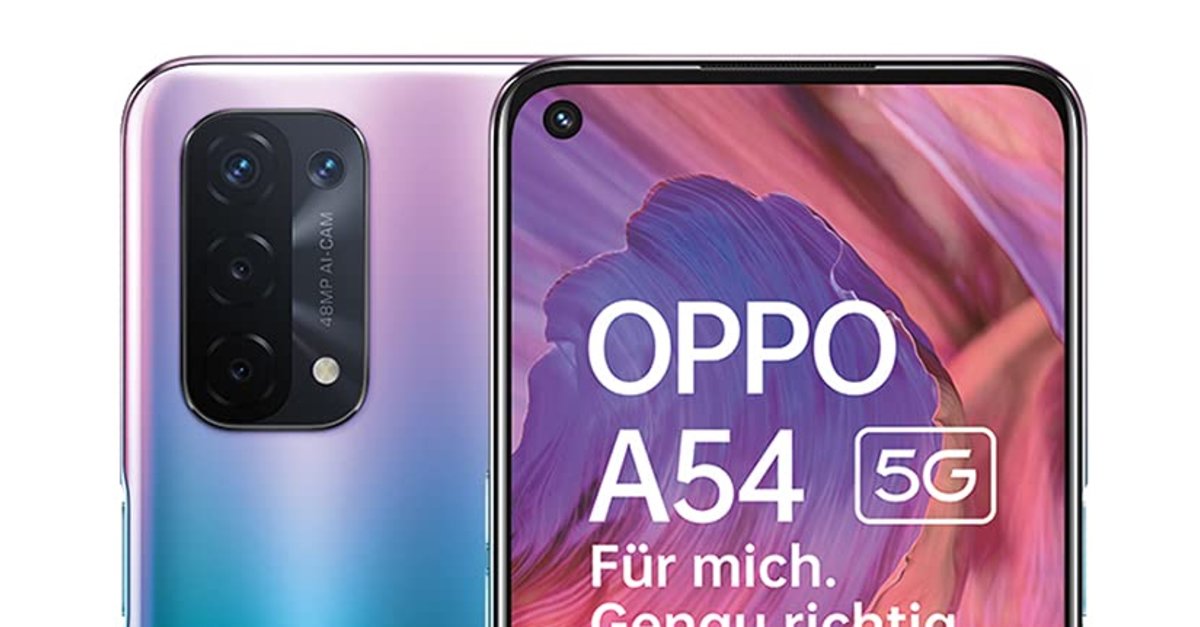Snapchat creators introduce glasses for displaying virtual content
Glasses that can be used to display digital content in the real world are considered the next important computer platform. A race between the giants Apple and Facebook is expected for the new technology. Now Snapchat got ahead of them.
The creators of the Snapchat photo app were the first in the tech industry to introduce computer glasses that are suitable for everyday use and that allow digital content to be displayed in the user’s field of vision. The spectacles glasses only show the virtual objects in a limited part of the field of view. It is initially only available to users selected by Snap and is not available for purchase.
The combination of digital content and the real world is known as augmented reality (AR). So far, the technology has mainly been used on smartphone screens, and Apple has been building on it for years.
After beginning with fun functions and digital art, AR is being used more and more for business applications, said Snap co-founder and boss Evan Spiegel of the German press agency. But it will probably only be possible to exploit the full potential of the technology with AR glasses in the next ten years. “So far we used AR on a small screen, as if we were looking at the world through a toilet paper tube. If we have a much wider field of vision in the future and can use our hands free, that will create completely new possibilities. “
The biggest challenge in the development of AR glasses is currently finding the right balance between the largest possible field of vision for the digital content and the power consumption and the size of the components required, said Spiegel. One battery charge is currently enough for around 30 minutes. “The technological limitations of the hardware today demand a lot of compromises.” Therefore, it will be a decade before the glasses are widely used by consumers, Spiegel estimates.
Glasses impress with their low weight and a lot of technology
Snap glasses weigh 134 grams and have multiple cameras, microphones and speakers. They are significantly lighter and more compact than the Hololens glasses from Microsoft that the software group offers for companies. Another pioneer was the startup Magic Leap, which spent hundreds of millions of dollars developing a high-tech headset that required so much processing power that you had to wear a small computer on your belt.
“All other products look like a helmet,” Spiegel told the Financial Times. “I don’t think anyone expected us to be ready.”
At the technology trade fair CES at the beginning of 2020, the German technology group Bosch also presented the prototype of light and slim AR glasses in which, for example, route instructions or chat messages can be displayed. The images are projected directly into the eye. Bosch was traded in the industry as a possible supplier to Apple – while the iPhone company itself, as usual, does not even confirm that it is working on glasses. Recently, however, it was speculated that Apple could give an outlook on the device at its developer conference WWDC in early June.
Spiegel emphasized that the competition with the tech heavyweights did not deter him. “We have been asked about it since the company was founded ten years ago – and our strategy has always been to focus on our users.” The Spectacles glasses are currently primarily intended for Snapchat users to watch videos up to ten seconds long with cool create digital effects. So that leaves a wide field for other application scenarios.
At the same time, Snapchat itself isn’t exactly small. The app has 500 million active users at least once a month, and 280 million access it every day. And Snap wants to be a central interface between the real world and virtual content.
At an online event on Thursday, the company presented improved functions for trying on fashion items such as bags, sunglasses, clothes and cosmetics in the app. In the corona pandemic, Snapchat was used much more often for this. This also drove the company’s sales. What is new, for example, is that the size of the objects that have been tried on should be displayed much more precisely. In the future, several users will also be able to interact with a digital object at the same time. Snapchat demonstrated the function using the example of a virtual Lego car that several people can assemble from different locations.
The map in the Snap app, with which digital content can be linked to specific locations, is also being further developed. In the future, for example, you will be able to display your own Snap images on the map – or restaurants and upcoming concerts for which you can buy tickets right away in the app. The card is currently accessed by 250 million Snapchat users. The scan function now also has a more prominent place in the app, in which the camera is aimed at objects in order to receive information or recommendations. For example, recipes are displayed via links with other services when an avocado is in front of the lens. dpa


